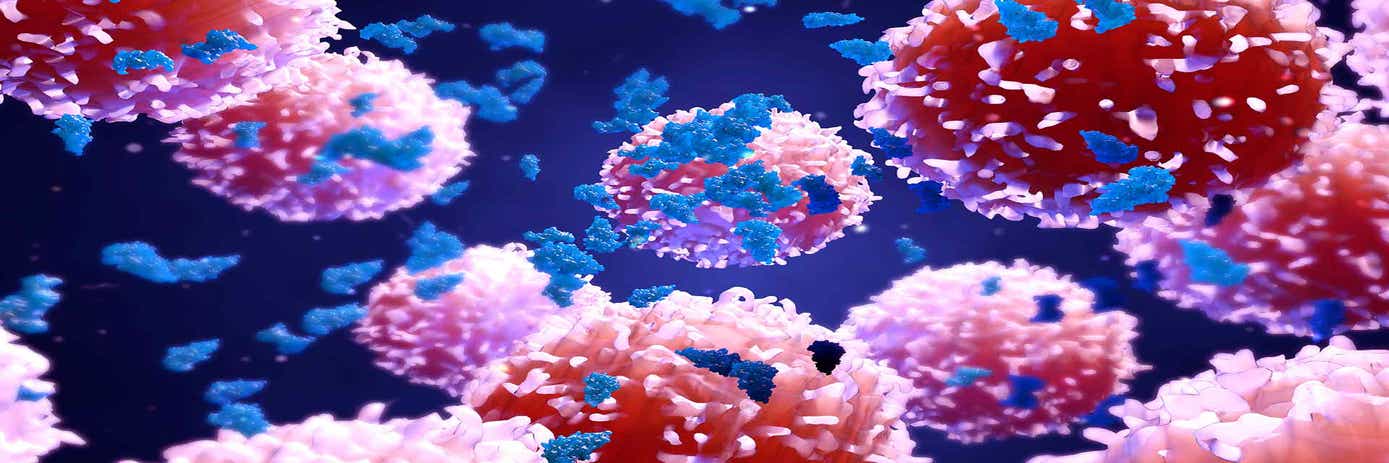
You work on Th17 cells, and you want to know if your differentiation process is the best. Read this blog post – you may settle any doubts.
The first article using the term “Th17” was published in 2005. In that publication, researchers showed that Th17 comes from a different lineage than Th1 and Th2. In fact, Th17 development is independent from the signalization pathway used in Th1 and Th2 development. For example, unlike Th1 cells, Th17 cell development does not require STAT1 or T-bet. (Harrington et al., 2005).
Differentiation into Th17 cells
First make sure your fresh cells have been correctly harvested, by following the guidelines given in our blog post “Isolation of naïve CD4+ mouse T lymphocytes”.
How to get the best differentiation in three steps?
Our R&D teams are working hard every day to find the best ways to help you! You are such lucky people! They have kindly shared their tips and guidelines in a protocol named “A step-by-step protocol for Th-17 differentiation from naïve CD4+ mouse T lymphocytes”.
- First of all, you need to coat a plate with anti-CD3 and anti-CD28 antibodies. This enables you to mimic stimulation by antigen-presenting cells in vitro. It is a very important step because if you don’t do it, or do it badly, your cells will die.
- After making sure this is OK, you can add your pool of naïve CD4+ T cells.
- Now, add the cytokine cocktail.
The differentiation of naive CD4+ T cells in a subset depends on the cytokines which are present in the cocktail. For mice, several studies have confirmed that TGF-β and IL-6 are necessary and are enough for this differentiation process of naïve CD4+ T cells into Th17 cells.
Tip: Don’t forget to add anti-IL-4 and anti-IFNϒ antibodies to your cocktail. These antibodies prevent the differentiation of naïve T cells into Th1 and Th2 subtypes.
If you would like to know more about the composition and concentration of each component in the cocktail, you can get more information in our protocol!
- Everything is ready! You can incubate your plate and maybe have a rest for 3 days.

Schematic representation of a naïve CD4+ T lymphocyte differentiation
How to make sure of your cell differentiation
To make sure you did everything correctly, you can monitor the differentiation process using different methods. Th17 cells are characterized by the expression of Interleukine-17 (IL-17). The ROR-ϒt transcription factor enables this expression. So, the next step checks whether the IL-17 production process has begun.
- Flow cytometry or FACS
In the FACS experiments, Th-17 differentiation is assessed by both ROR-γt and IL-17 intracellular labeling.
- RT-qPCR
This method enables the measurement of IL-17 expression and production via the amount of mRNA.
- ELISA and HTRF®
These two methods also enable the measurement of IL-17 expression and production, but at the protein level.
(All the product references are indicated in our technical note, have a look!)
Carrying out one of these monitoring methods is enough to validate Th17 differentiation from CD4+ T cells. Before choosing, remember that HTRF seems to be the best option. FACS assays involve intracellular IL-17 staining. Like HTRF, ELISA assays the secretory capability of the cells, but they involve more – and longer – steps, especially multiple washing steps. So HTRF assays offer the benefits of lower sample consumption and faster time to results.

Congrats! You have reached your goal, and you have a lovely pool of Th17 cells! You can now start your experiments, and hopefully discover something previously unknown by the scientific community. Go for it!
For research use only. Not for use in diagnostic procedures.
The information provided above is solely for informational and research purposes only. Revvity assumes no liability or responsibility for any injuries, losses, or damages resulting from the use or misuse of the provided information, and Revvity assumes no liability for any outcomes resulting from the use or misuse of any recommendations. The information is provided on an "as is" basis without warranties of any kind. Users are responsible for determining the suitability of any recommendations for the user’s particular research. Any recommendations provided by Revvity should not be considered a substitute for a user’s own professional judgment.

































